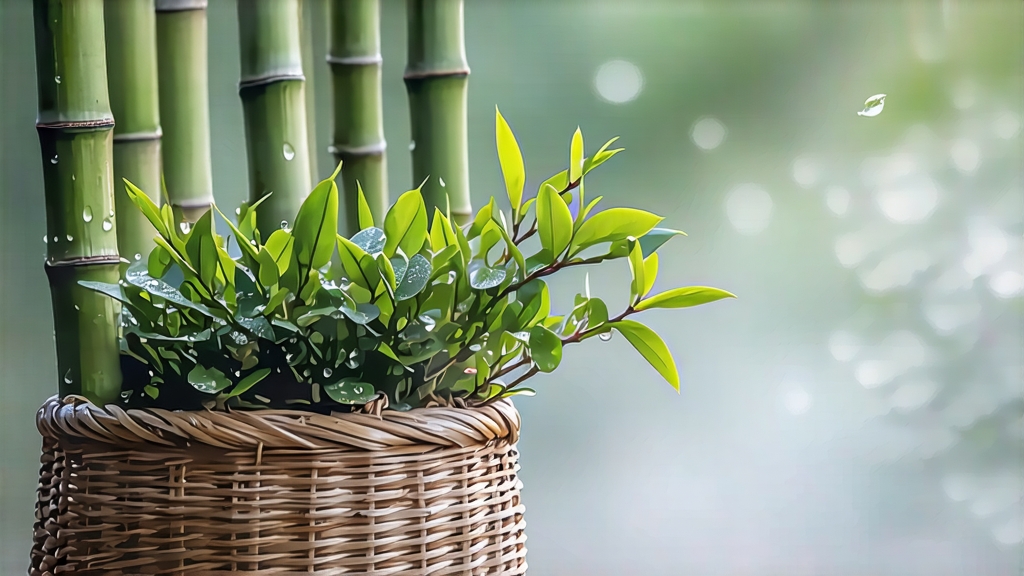
Among the six great families of Chinese tea, white tea is the least theatrical yet the most elusive; it whispers rather than declaims, and within that whisper Bai Hao Yin Zhen—“Silver Needle”—is the purest sigh of early spring. International drinkers often meet white tea in blended bags, but to encounter Yin Zhen in its original form is to taste the lacework of Fujian’s cloud-wrapped hills dissolved into liquor. This essay invites you to follow the silver filament from Tang-dynasty court records to your own porcelain gaiwan, learning why emperors once monopolised it and why modern sommeliers compare it to Grand Cru Chablis.
-
Historical echoes
The first written trace appears in 1064, when Song emperor Renzong’s tea monograph lists “white downy shoots” presented by the Min region. Those tribute cakes vanished with the Yuan dynasty, but the Ming’s 1391 decree banning compressed tea accidentally rescued the loose style: farmers in Fuding and Zhenghe discovered that air-drying the unopened buds preserved a silvery cloak and a flavour both honeyed and austere. By 1857 a particularly downy cultivar—Da Bai Hao—was identified in Tai Lao Shan, and Silver Needle as we know it was born. European merchants at the 1890 Canton Fair mistook the fuzzy buds for mould; once convinced otherwise they paid twice the price of Keemun, sealing Yin Zhen’s reputation as “China’s liquid ivory.” -
Terroir and cultivar
Authentic Yin Zhen comes only from coastal Fujian: Fuding’s granitic, slightly acidic red soils and Zhenghe’s higher, cooler volcanic slopes. The Da Bai Hao bush is a genetic snow leopard—broad leaves, thick cuticle, and an almost furry bud that can reach 3.5 cm. A single kilo of finished tea demands roughly thirty thousand buds, all plucked between Qingming and Grain Rain when overnight temperatures still dip to 10 °C, concentrating amino acids and that signature “cooling” mouthfeel prized in Chinese medicine. -
Craft: the art of doing almost nothing
Pickers snap the bud with a fingernail’s click to avoid bruise, drop it into a bamboo creel lined with palm leaf, then race downhill before enzymatic browning begins. The buds are spread—never piled—on water-reed trays set in shaded breezeways called “green houses.” For 36 to 48 hours they wither under natural convection, losing 80 % moisture while their internal chemistry performs a quiet miracle: catechins oxidise only 5–8 %, creating a pale champagne colour, while grassy aldehydes evaporate and a lilac-lactone note emerges. No pan-firing, no rolling, no baking above 40 °C; just a final gentle desiccation at sundown. The result is a tea that is technically “non-enzymatic” yet alive, its cell walls intact enough to age for decades. -
Anatomy of a bud
Hold a single needle to the light: the down appears silver, but under magnification each hair is transparent, refracting light like fibreglass. These trichomes store 30 % more L-theanine than open leaves, explaining the brothy umami that coats the tongue. A faint green vein runs the length, yet the tip is ivory—evidence that chlorophyll is still nascent, locking in a sweetness that darker teas lose through firing. -
Brewing: choreography for the patient
Western cupping: 3 g per 250 ml, 80 °C, three minutes, yields a liquor the colour of morning moonlight—pear with a hint of jade. Gongfu ritual is more revealing: 5 g in a 120 ml gaiwan, 85 °C, flash rinse to awaken the hairs, then 15 infusions starting at 10 s and climbing by 5 s. The first pour smells like fresh rain on hot granite; the third, like apricot skin; by the seventh, a whisper of marine air appears, a nod to Fujian’s seaside orchards. Use tall glass pitchers to watch the needles stand upright, then slowly sink—“the underwater forest,” as tea farmers say. -
Sensory lexicon for the global palate
Colour: pale chartreuse with silvery meniscus.
Aroma: wet pebble